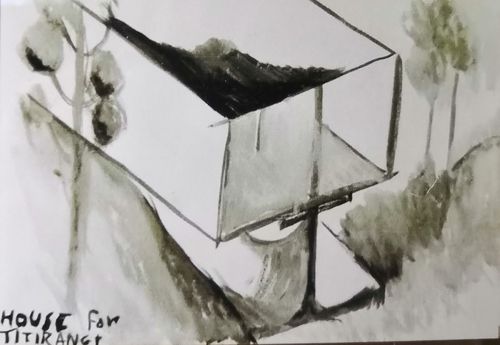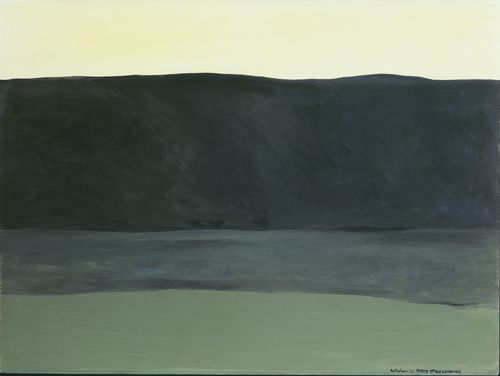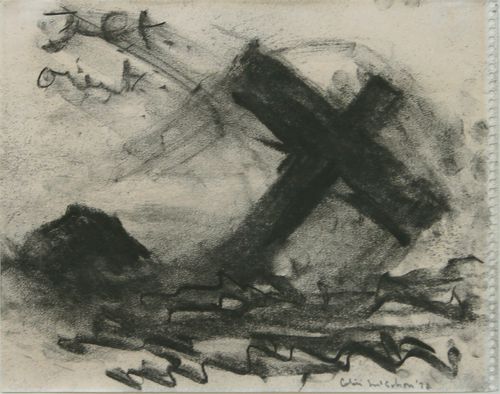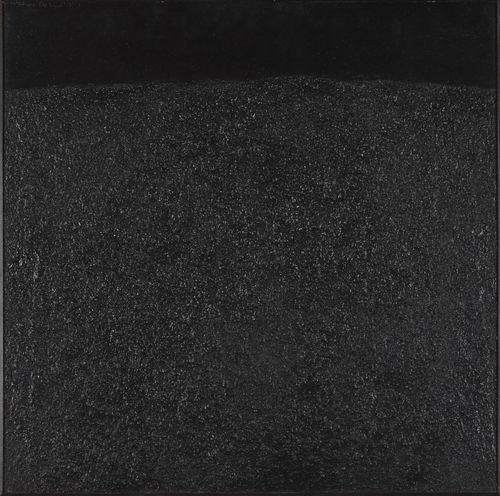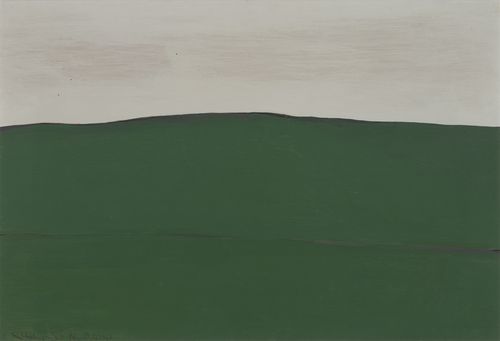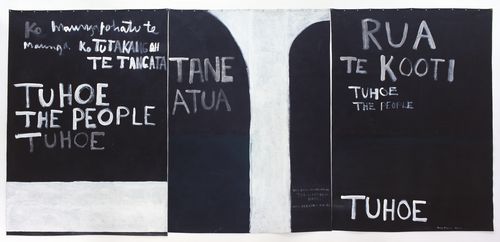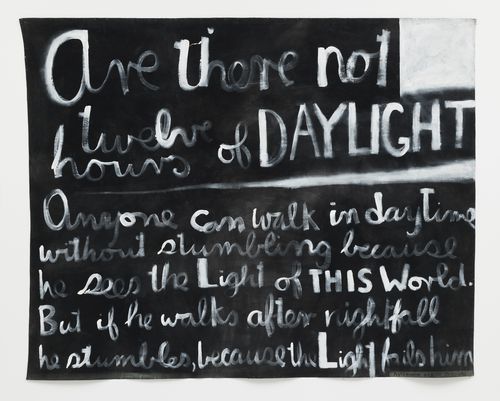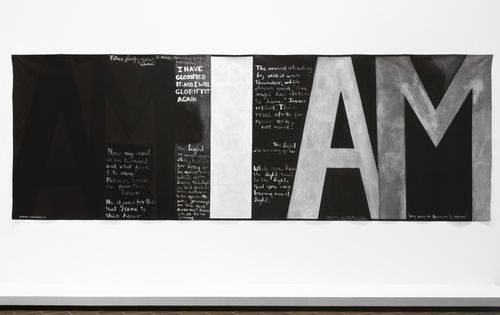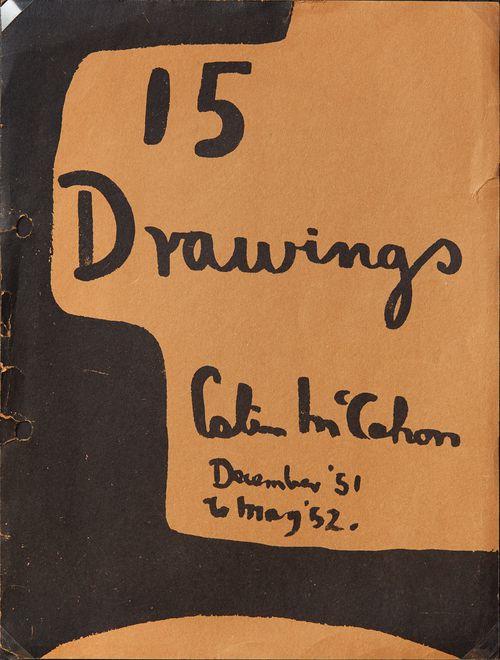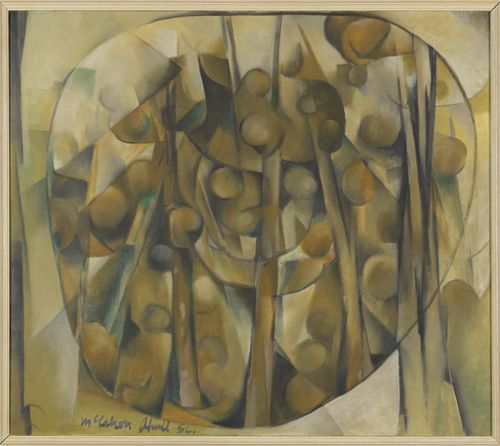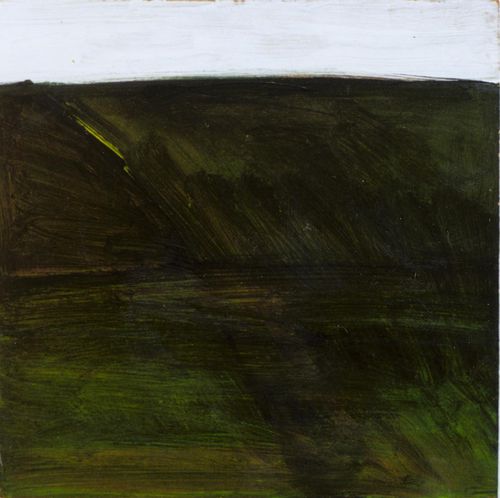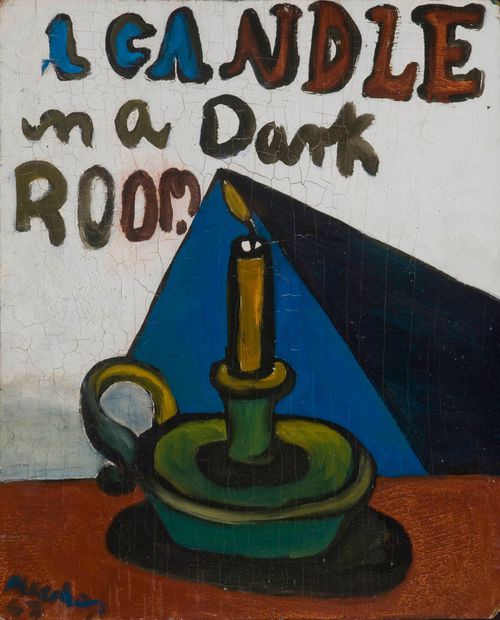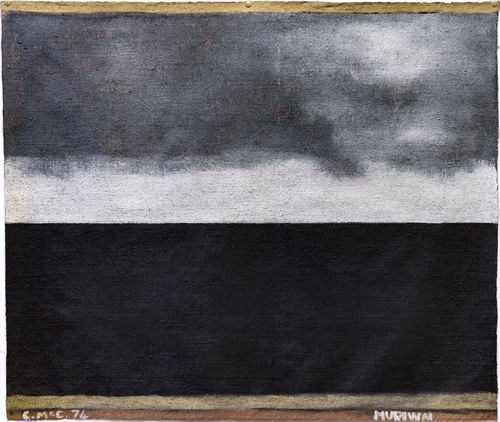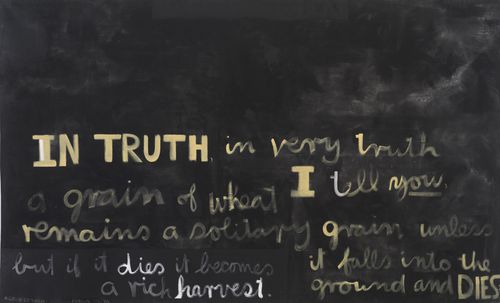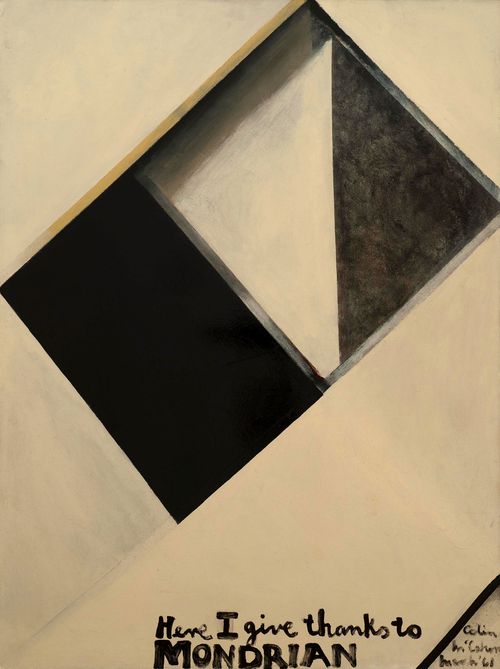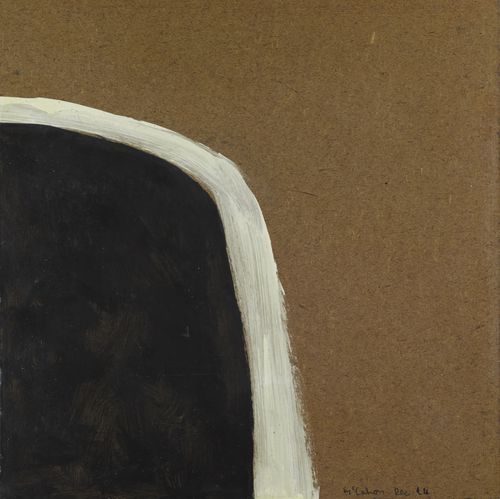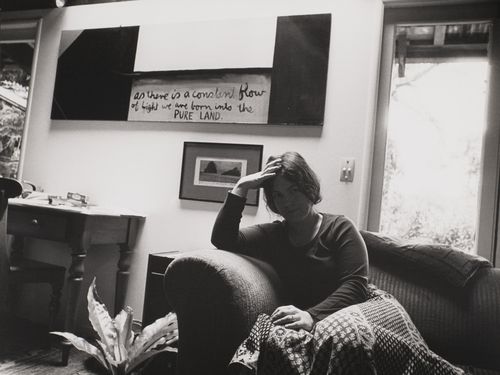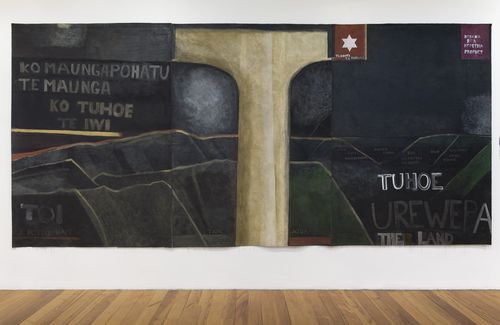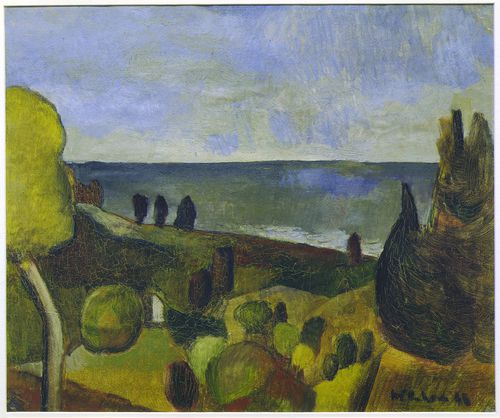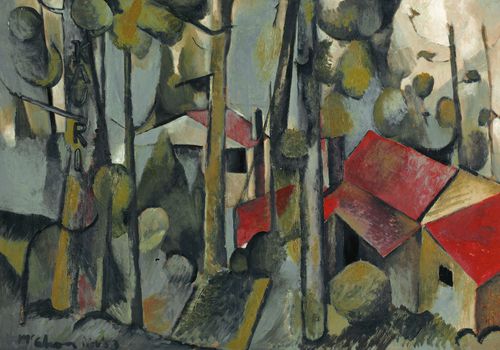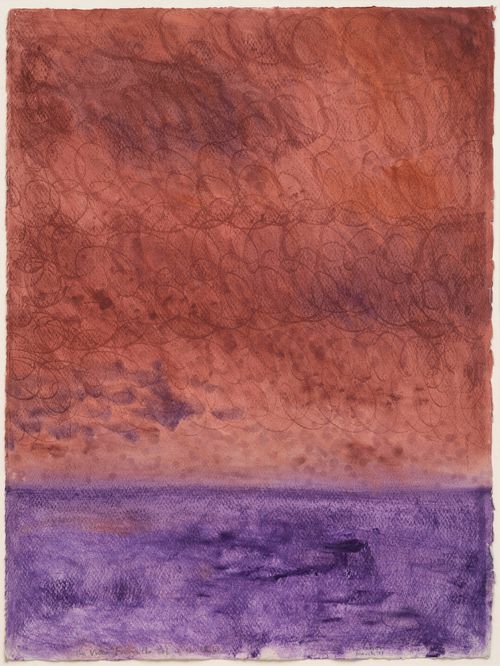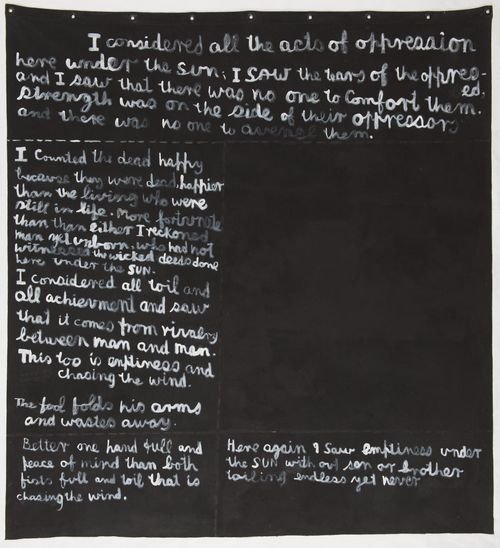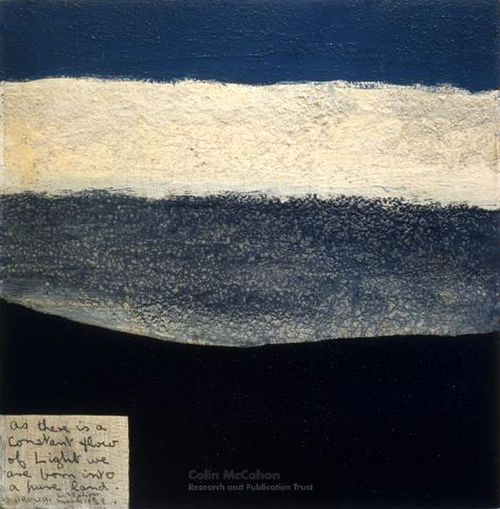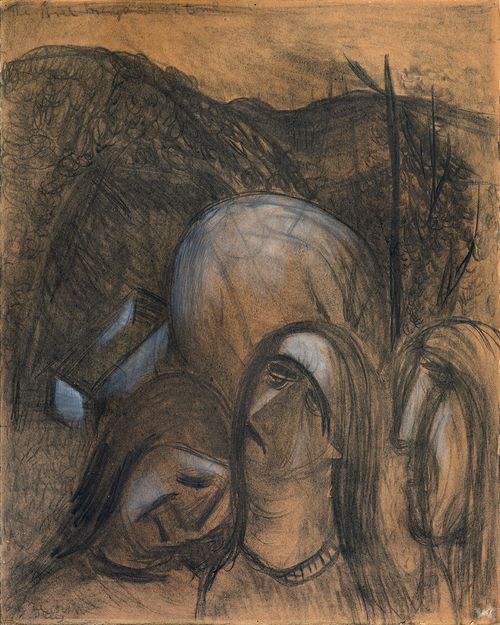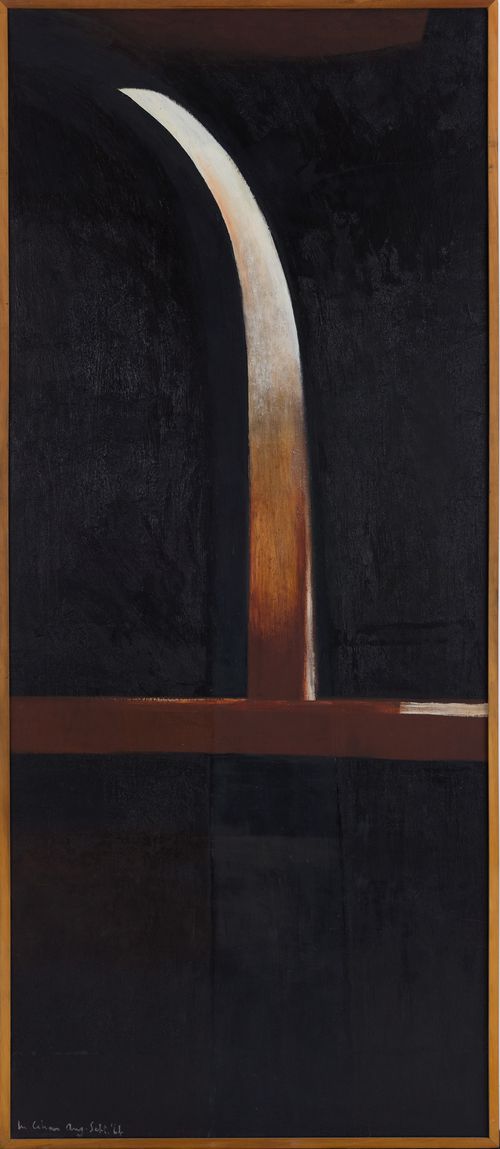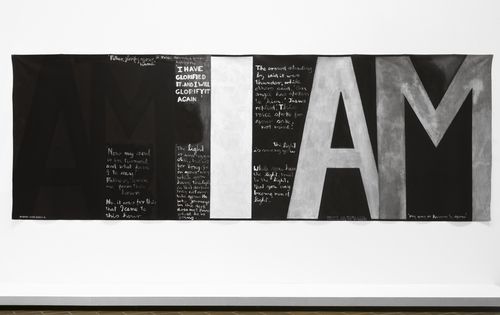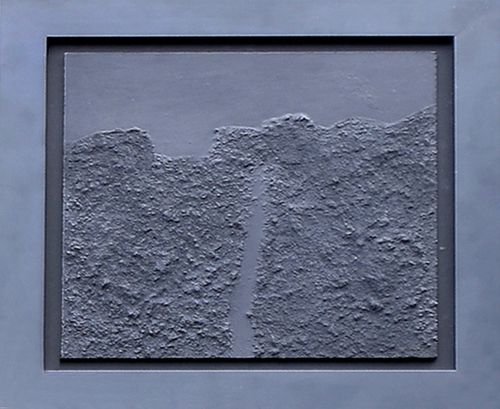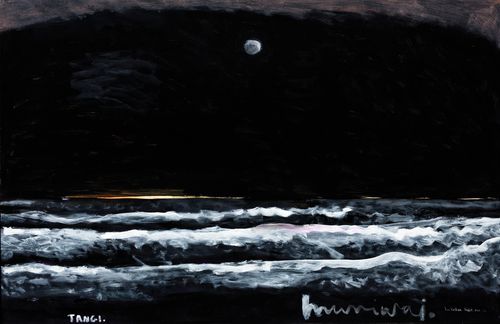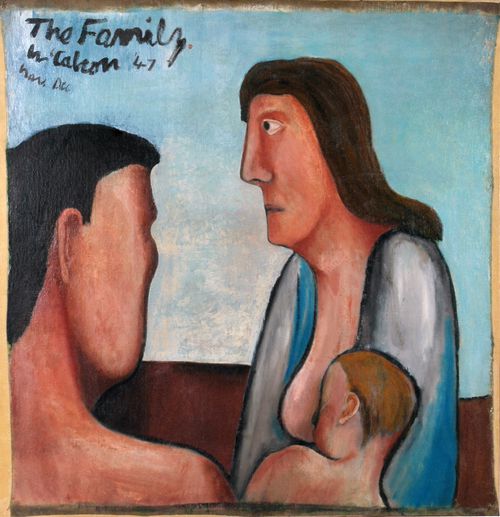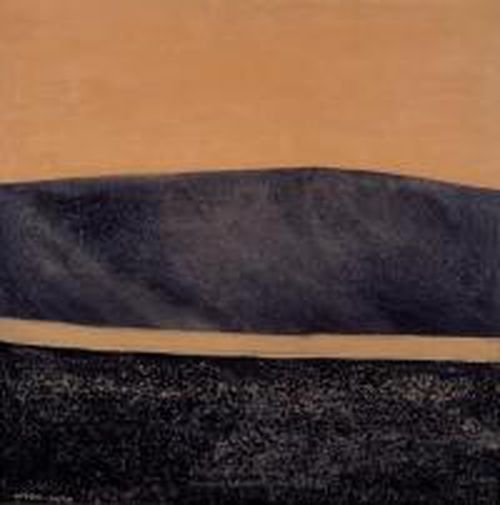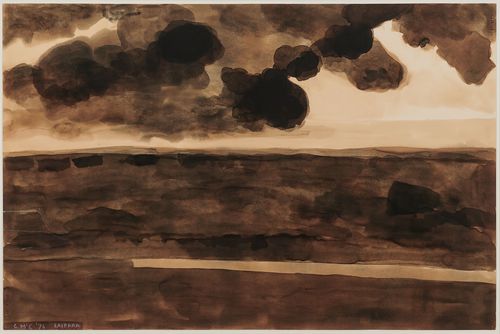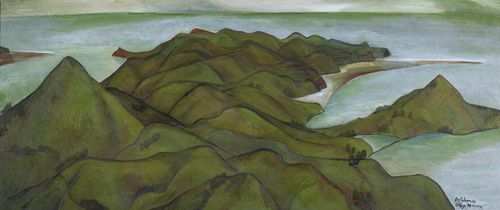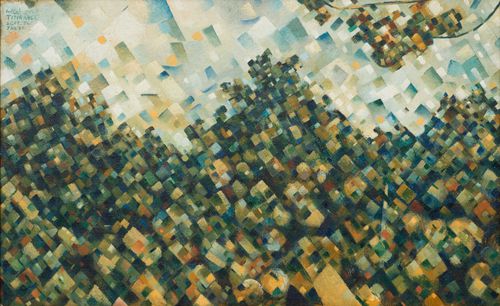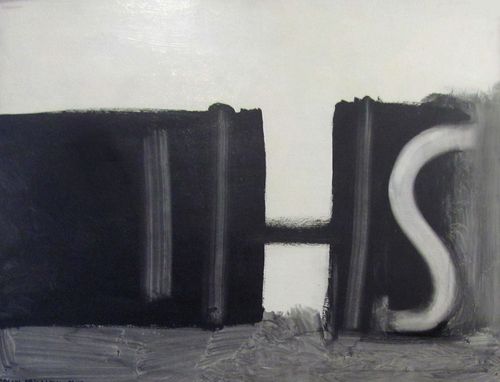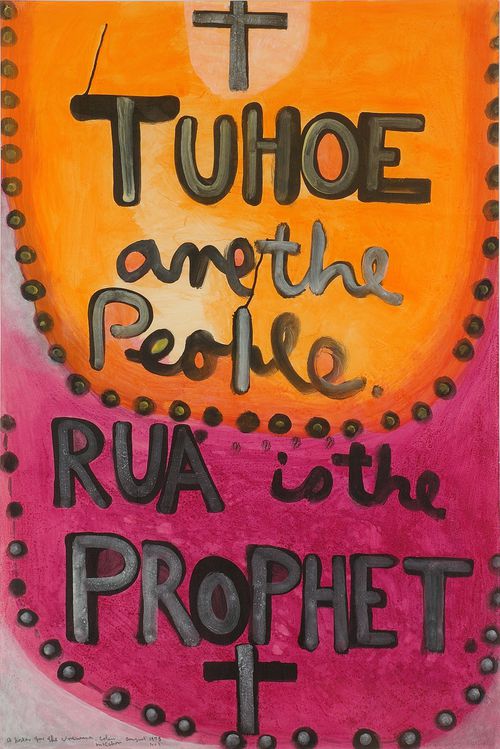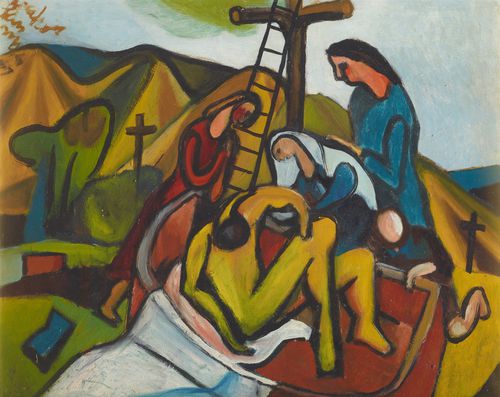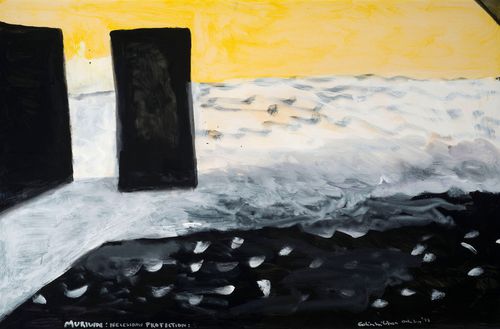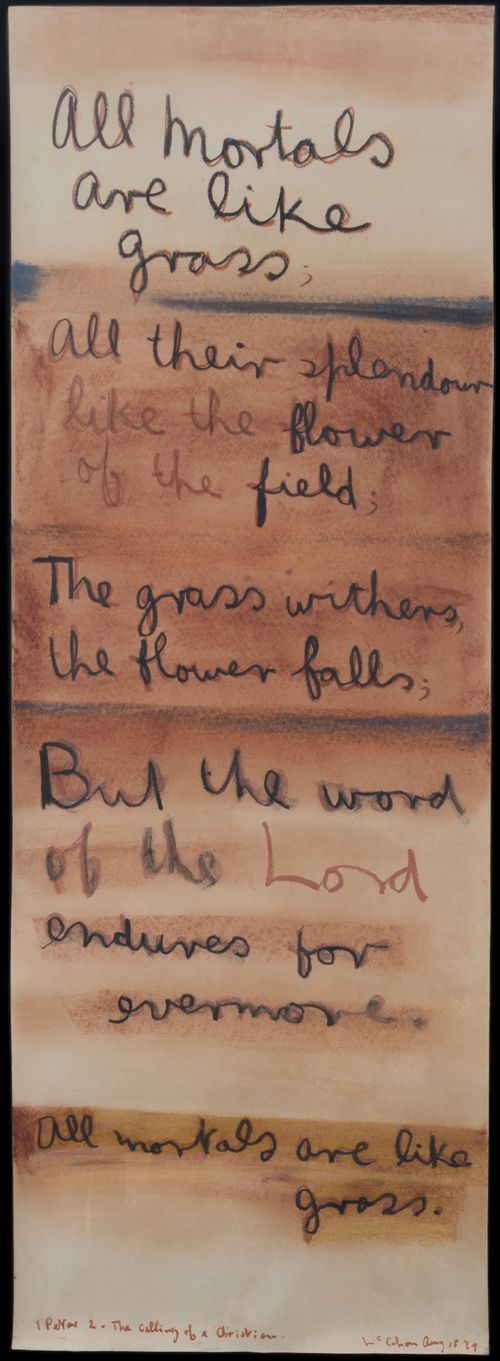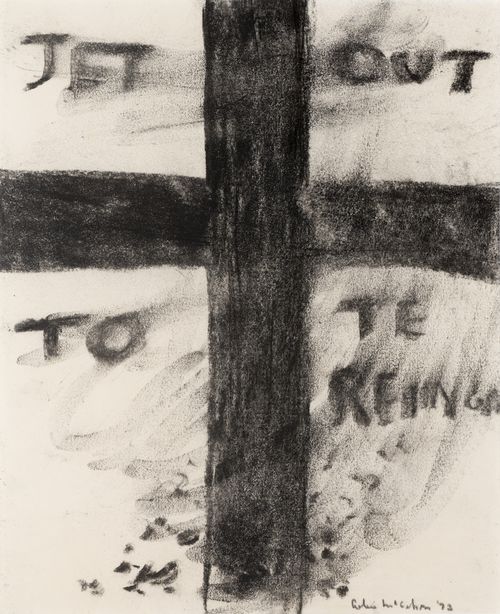Landscape theme and variations (series B)

Landscape theme and variations (series B), 1963, oil on jute. 765mm x 7225mm. © Collection of Museum of New Zeland Te Papa Tongarewa, gift of the Arts Council of New Zealand Toi Aotearoa, 2011 (2011-0028-1/1-8 to 8-8). Courtesy of the Colin McCahon Research and Publication Trust

Yona Lee, Succession, 2020 Stainless steel objects. Exhibition view, Dunedin Public Art Gallery, Dunedin, New Zealand, 2020 Courtesy the artist and Fine Arts, Sydney
Yona Lee
Yona Lee is an artist based in Auckland, New Zealand. Lee's solo exhibition Succession is currently on display at the Dunedin Public Art Gallery, New Zealand. Her work has recently been the subject of solo exhibitions at institutions including the Art Gallery of New South Wales, Australia; City Gallery Wellington, New Zealand; and has been included in recent thematic exhibitions including the 15th Lyon Contemporary Art Biennale, France; and Changwon Sculpture Biennale, South Korea.
I spent this past summer in Dunedin as a visiting artist at Dunedin Public Art Gallery in partnership with the Dunedin School of Art. Physically being in the landscape and the school where Colin McCahon studied provided me with an opportunity to revisit his work, which I have greatly admired for a long time.
Landscape theme and variations (series B) (1963) provides no information on place. However, they are very much New Zealand landscapes; a mixture of both the North and South islands. This set of works in particular is very musical. Simple, repetitive and rhythmic in variation. There is freshness to each painting; in their improvisation and subtle differences; the slight shift in colour, composition, line and weight. I enjoy McCahon’s rests in between each work - just like one’s breathing in between phrases - his rests make the series so powerful. There is something about the work which makes me feel really human and grounded. Quite akin to a moment after I finished work in Dunedin, when I was captured by the fresh air as I stood still by the vast landscape of Otago, with thoughts about deadlines vanishing quickly from my mind.
Colin McCahon often talks about the monotonous quality of the New Zealand landscape. He’s interested in capturing this essential monotony and mentions a similar experience when listening to Bach’s music as noted in a letter to Ron O’Reilly. Bach’s music is monotony. It is its simplicity that makes it so difficult for performers to play. There is no drama that one can hide behind , as with more Romantic pieces like Rachmaninoff where emotions play dramatically. With Bach, performers are exposed, and must remember not to do too much to it. The form and structure are so perfect, you as a performer just need to let it speak, and not get in the way. I can listen to Bach everyday and not get bored of it, as you discover something new every time - as with the New Zealand landscape.
During my residency I developed 23 discrete objects towards an exhibition at Dunedin Public Art Gallery. These objects were hung on the walls just like paintings. Elements of musical composition pronounced and activated the work through the language of repetition, variation and rhythm. The objects became like instruments and the four walls functioned like the bars in music score with the distance between each work setting up a tempo of the piece. The exhibition is now temporarily closed due to the national lockdown and my summer in Dunedin feels like a long time ago. During this uncertain time, when my days are simplified to an extreme level, McCahon speaks to me quietly to search for the quality of monotony in life, nature, and art.
